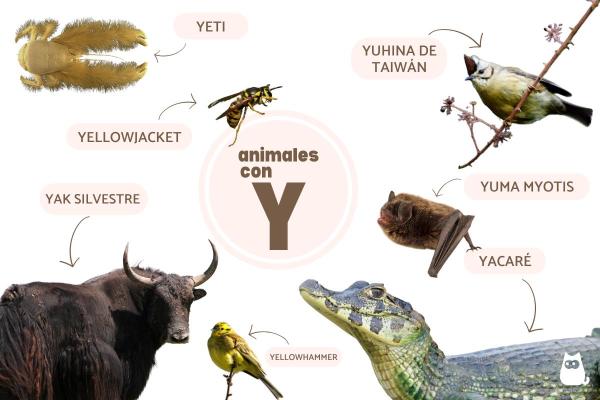
Classifying animals is a very difficult task. Taxonomy is the science behind organizing living organisms into different groups. This is for various reasons, but the main one is to better understand them. Unfortunately, it is a complicated, nebulous and constantly fluctuating science which can make your head spin when trying to get to grips with it. If you are looking to study animals or even teach them to beginners, there are some easier ways to classify them. Doing so alphabetically can better help you to remember the names of animals and make associations with their characteristics.
This is why AnimalWised shares these 10 animals beginning with Y with photos. We share the names of the animals, fun facts about their characteristics and pictures to see what they look like.
Wild yak (Bos mutus)
We begin our list of animals beginning with the letter Y with the wild yak. This wild bovine animal lives mainly on the Tibetan Plateau, adapting to habitats that include alpine meadows, alpine steppes and desert steppes. It prefers cold climates and migrates seasonally in search of food, such as grasses, mosses and lichens. The largest extant bovine species, they can tolerate such cold thanks to their bulky frame, dense undercoat and shaggy hide for insulation.
While there are many domestic yak found across the world, the current populations of wild yak are very limited. Its presence is mainly concentrated in desert steppes, where human activity is less. Wild males can reach up to 1.1 tons (1,000 kg) in weight and over 10 ft (3 m) in length, while females are much smaller. Unlike their domesticated relatives, they have robust horns, long legs and dense fur. Its conservation status is classified as ‘vulnerable’.
In addition to the wild yak, you can learn about animals in the same family with our list of bovine animals.
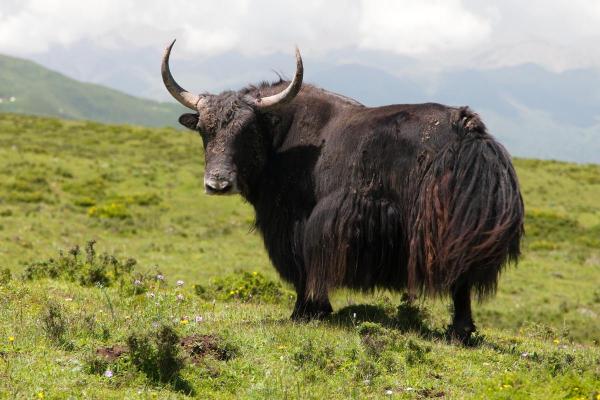
Yarará grande (Bothrops alternatus)
The next on our list of animals that start with Y depends on which common name you use. The yarará grande is also known as the urutu or the crossed pit viper. As with all vipers, they are members of the family Viperidae and they are a type of venomous snake. In fact, the yarará is highly venomous. Native to South America, they are found in Brazil, Paraguay, Uruguay and Argentina.
Although most measure between 31 and 47" (80 and 120 cm), some can reach as much as 6.6 ft (2 m). All have a robust body, but females are bigger than males. Their coloration varies from brown, gray and olive, with dorsal patterns reminiscent of crosses. Although their bite can cause severe tissue damage, it is rarely fatal. They are classified as being of ‘least concern’.
If you want to learn more about highly venomous snakes, you should check out our guide to the different species of taipan.

Yacare caiman (Caiman yacare)
Caimans are crocodilians which are most closely related to alligators. The yacare is of medium size and found in some rivers and wetlands of Brazil, Bolivia, Paraguay and Argentina. Previously considered a subspecies of the spectacle caiman (Caiman crocodilus), it is now recognized as a separate species. It is distinguished by its divided eye ridges and scaly, brownish or reddish skin. Unfortunately, these marking make it a frequent target for hunters.
The yacare caiman has slightly crooked teeth and raised dermal scutes on its back. Males are slightly larger than females. It is classified as ‘least concern’. It usually hunts at night, but has a varied diet depending on what is available. While it may seem their face is expressionless, both physical and vocal communication is very important for this animal beginning with Y.
Discover other types of carnivorous reptiles with our related guide.

Yeti lobster (Kiwa hirsuta)
A decapod crustacean discovered in 2005 in the South Pacific, this is one of the most recently discover animals that begin with Y. It measures approximately 6" (15 cm) in length. Its most distinctive feature is the silky blond setae that cover its thoracic legs. This gives it a hairy look, similar to the mythological yeti of its namesake.
This practically blind animal lives near hydrothermal vents and uses filamentous bacteria growing on its claws to detoxify minerals from the environment through chemosynthesis. These bacteria also constitute its main food source. Although sometimes known as the yeti lobster, it is more closely related to crabs than to true lobsters.
We share the anatomy of a crab so you can know more about the classification of these crustaceans.
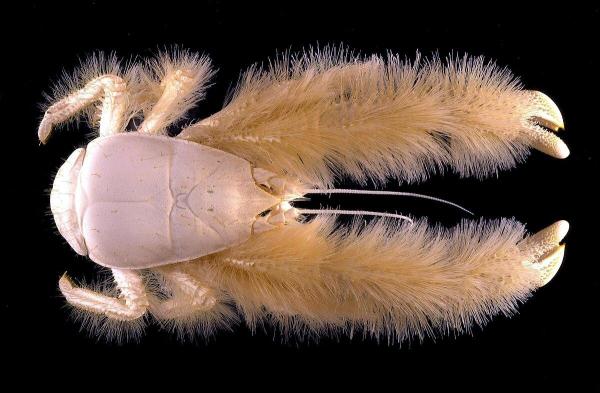
Taiwanese yuhina (Yuhina brunneiceps)
Also known as the Formosan yuhina, the Taiwan yuhina is a small songbird of the genus Yuhina. Endemic to the island of its name, it is distinguished by its brown crest and a black stripe running down from its beak. Its plumage combines ash-brown tones on the back and wings, with a lighter breast.
Taiwanese yuhinas inhabit forests between 1,000 and 3,200 meters above sea level, although it prefers intermediate areas. Its diet includes nectar, berries, flowers and insects. During the breeding season, it feeds primarily on the fruits and nectar of local species, such as the Taiwan cherry. Its conservation status is ‘least concern’.
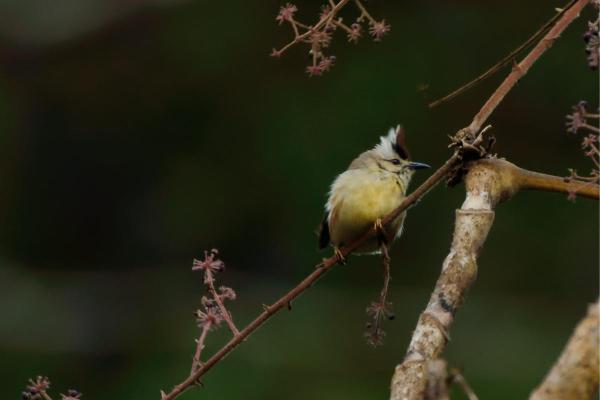
Yellowjacket (Dolichovespula spp. and Vespula spp.)
Rather than one animal species beginning with Y, yellow jackets are the name given to various wasp species of two genera. These are Dolichovespula spp. and Vespula spp. Although they resemble honeybees, they lack the dense hair and legs adapted for transporting pollen. The workers measure approximately 12 mm, while the queens can reach up to 19 mm, with characteristic bands on the abdomen.
Yellowjackets are predatory wasps, with powerful mandibles and a mouthpart adapted to consume juices and nectar. Their sting allows them to sting multiple times, being dangerous mainly for people with allergies or victims of multiple stings.
You can learn more about the wasp lifespan with our article asking how long do wasps live?
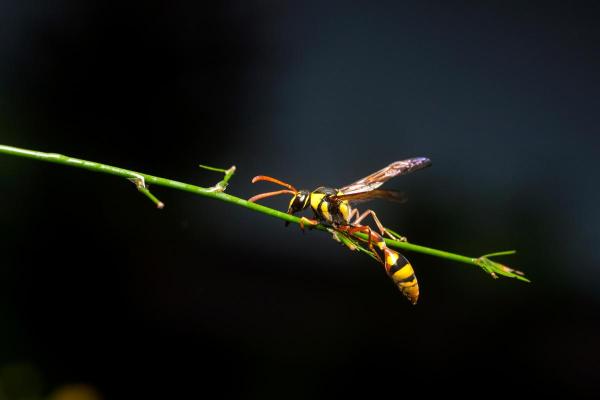
Common yabby (Cherax destructor)
Another aquatic animal beginning with Y, the yabby is a type of crayfish native to Australia. It is a freshwater crustacean. Although considered ‘vulnerable’ in the wild, its presence has expanded recently thanks to artificial environments such as dams and reservoirs.
It generally measures between 4-8" (10-20 cm), although it can reach 12" (30 cm). Its color varies depending on the environment, from dark tones in clear water to beige in murky water. The yabby is able to move on land during rainy weather. Its name comes from Indigenous Australian languages.
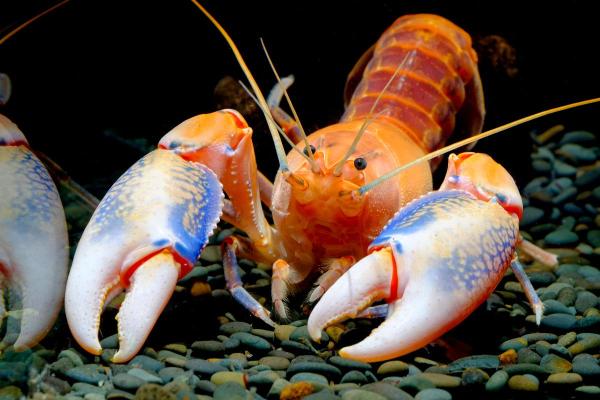
Yellowhammer (Emberiza citrinella)
Another bird beginning with Y, the yellowhammer is native to Eurasia, but has been introduced to parts of Oceania. Although many European populations are sedentary (resident), some migrate in winter to warmer regions. Males have bright yellow plumage on the head and underparts, with a brown back and reddish rump. Females and juveniles display duller tones.
This medium-sized species molts completely after breeding, becoming more yellow with each cycle. Its distinctive song resembles that of a closely related species with which it may hybridize.
We share more about birds that travel for survival with our guide to different types of migratory birds.
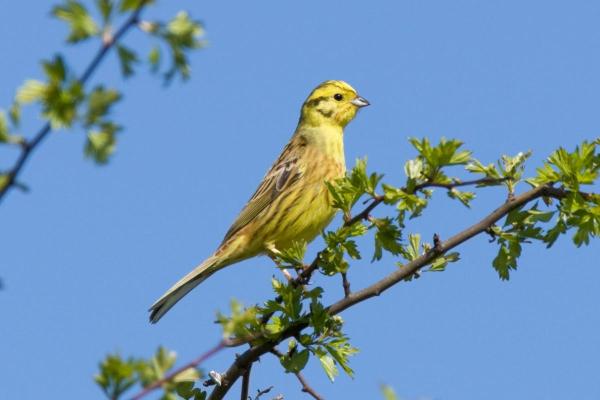
Yuma myotis (Myotis yumanensis)
The Yuma myotis is a small North American bat with a compact body, relatively broad wings and very light weight. It has short fur that varies widely in color, from dark to light. Its underside is always paler. It inhabits lowland areas of the North American West. Although it lives in a variety of environments, they are always near bodies of water. It roosts in structures such as caves, bridges and human-made structures. It is classified as ‘least concern’.
In addition to categorizing alphabetically, learn more about how animals are classified with our article asking why is a bat a mammal and not a bird?
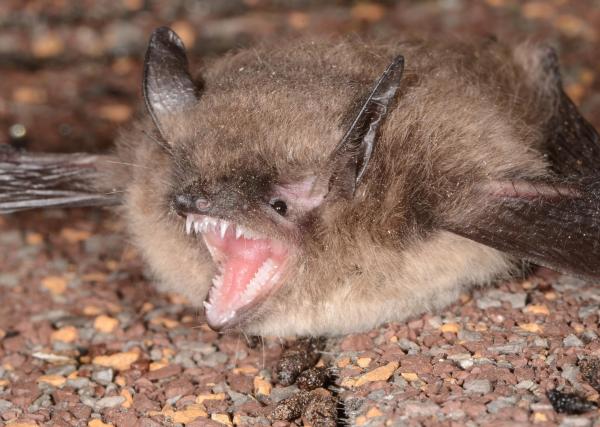
Yap cicadabird (Edolisoma nesiotis)
The final animal beginning with Y on our list is the Yap cicadabird. It is named after the Yap archipelago in the Federal States of Micronesia to which it is endemic. It lives mainly in dry tropical forests and presents color differences between males and females. Males are bluish or purplish, while females are brown.
Although the Yap cicadabird has also been observed in savannas, its presence there is much lower, suggesting a strong dependence on the forest. The threats it faces include habitat loss due to fires caused during the dry season, typhoons and the possible arrival of invasive predators. These include the brown tree snake which are responsible for extinctions on nearby islands. For these reasons, it is classified as ‘endangered’.
Now that you know these 10 animals that begin with Y for children and adults, you may want to see animals beginning with L or animals beginning with W.
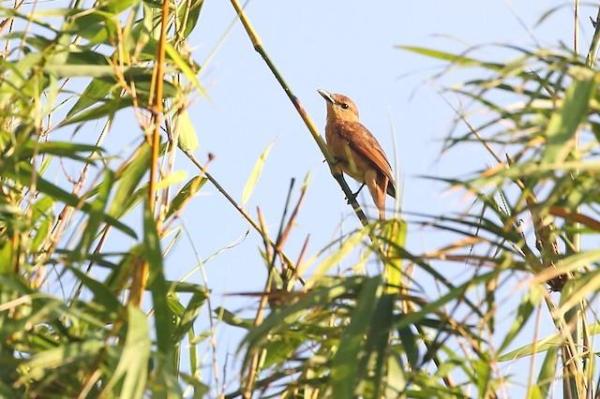
If you want to read similar articles to Animals Beginning With Y, we recommend you visit our Facts about the animal kingdom category.
- Animal Diversity Web. (2020).
https://animaldiversity.org/ - IUCN. (2024). The IUCN Red List of Threatened Species. Version 2024-2.
https://www.iucnredlist.org